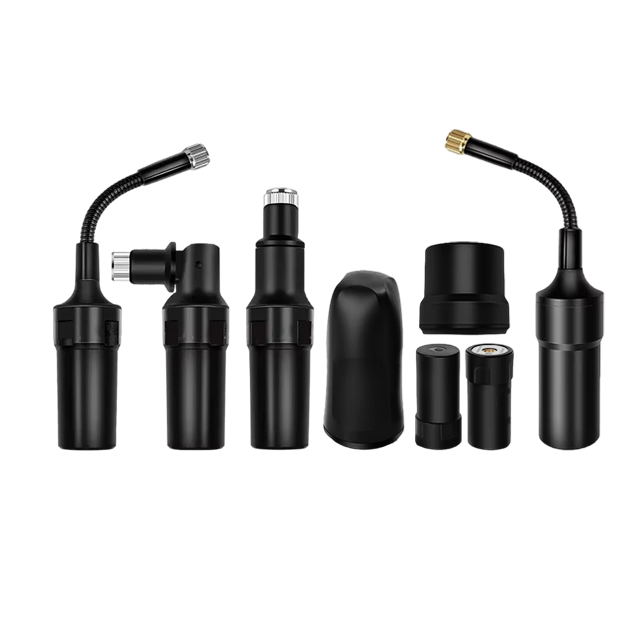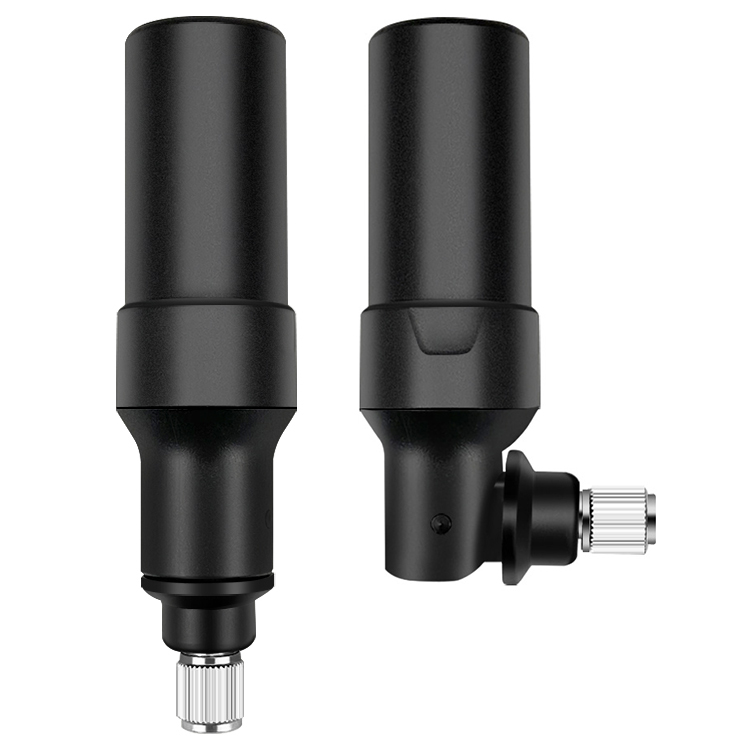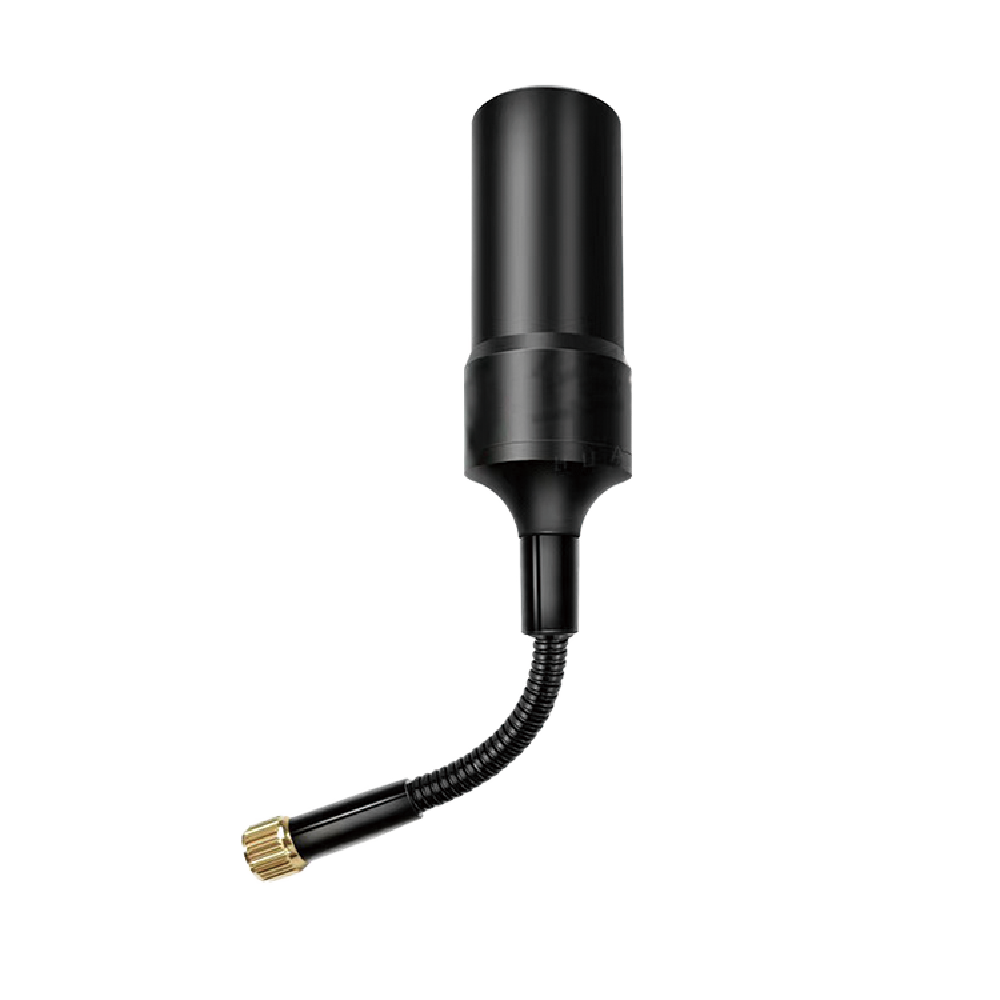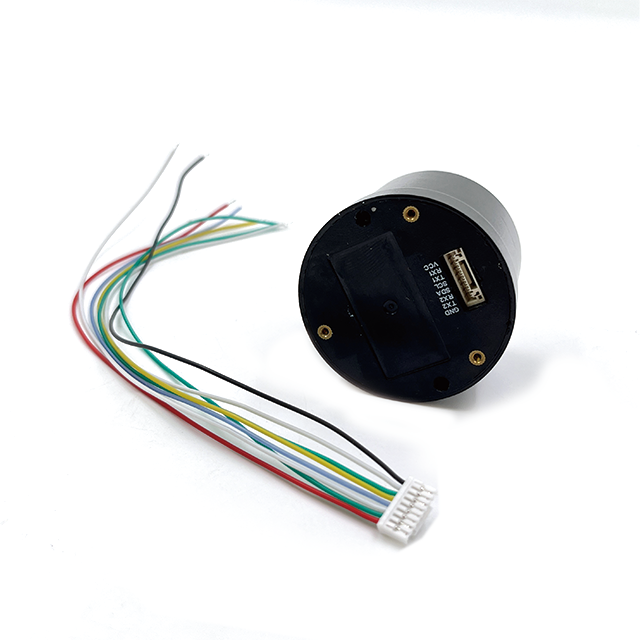Overview
Unlike traditional patch antennas, helical antennas offer a compact, omnidirectional radiation pattern with improved multipath rejection, making them ideal for dynamic environments. When integrated with RTK receivers, they enable real-time corrections via base stations or network RTK (NRTK) services, achieving horizontal accuracy of ±1 cm + 1 ppm and vertical accuracy of ±2 cm + 1 ppm under optimal conditions.
The market for compact GNSS RTK modules is expanding rapidly, driven by the rise of autonomous systems and precision agriculture. For instance, u-blox’s ZED-F9P and Septentrio’s mosaic-X5 are leading examples of high-performance RTK modules with built-in helical antennas, while lower-cost alternatives like the ArduSimple RTK2B cater to hobbyists and industrial automation.
This overview explores the technological foundations, design principles, and emerging applications of compact GNSS RTK helical antenna modules, highlighting their transformative potential and current limitations.
Design and Construction
2.1 Helical Antenna Architecture
Helical antennas are characterized by their coiled structure, which provides a compact form factor while maintaining efficient radiation. The key design parameters include:
Diameter and Pitch: These determine the resonant frequency and bandwidth. For GNSS applications, helical antennas are optimized for L1 (1575.42 MHz), L2 (1227.60 MHz), and L5 (1176.45 MHz) bands.
Number of Turns: More turns increase gain but reduce bandwidth. Dual-band helical antennas typically use stacked or interleaved coils to cover multiple frequencies.
Ground Plane: A conductive ground plane beneath the helix improves radiation efficiency and reduces backlobes, minimizing multipath interference.
For example, the u-blox ANN-MB series employs a compact helical design with a ceramic substrate for thermal stability, while the Tallysman TW37xx series uses a ruggedized enclosure for outdoor use.
2.2 Integration with RTK Receiver Modules
Modern compact GNSS RTK modules integrate the helical antenna with a low-noise amplifier (LNA), RF front-end, and RTK processing unit in a single PCB or enclosure. Key components include:
Multi-Band LNA: Amplifies weak GNSS signals while rejecting out-of-band noise.
Dual-Feed RF Front-End: Supports simultaneous L1/L2/L5 tracking for improved ionospheric correction.
RTK Engine: Processes carrier-phase measurements and applies RTCM/NMEA corrections in real time.
The Septentrio mosaic-X5, for instance, combines a helical antenna with a 220-channel RTK receiver, supporting GPS, GLONASS, Galileo, and BeiDou constellations.
2.3 Mechanical and Environmental Considerations
Form Factor: Compact modules (e.g., 30x30x10 mm) are designed for easy integration into drones and wearables.
Enclosure Material: IP67/IP68-rated housings protect against dust and water ingress.
Thermal Management: Ceramic substrates and aluminum heat sinks dissipate heat generated by the LNA and RTK processor.
Working Principles
3.1 RTK Correction Mechanism
RTK achieves centimeter-level accuracy by resolving integer ambiguities in carrier-phase measurements. The process involves:
Base Station Setup: A fixed base station transmits raw GNSS measurements to a rover (the compact module).
Double Differencing: The rover subtracts its measurements from the base station’s to eliminate clock errors, ionospheric delays, and tropospheric effects.
Ambiguity Resolution: The RTK engine uses least-squares adjustment to resolve carrier-phase ambiguities, typically within 10–20 seconds under good satellite geometry.
3.2 Helical Antenna Signal Reception
Helical antennas excel in:
Omnidirectional Coverage: Unlike patch antennas, they maintain consistent gain across all azimuth angles, critical for mobile applications.
Multipath Rejection: The helical structure’s right-hand circular polarization (RHCP) reduces reflections from ground surfaces and buildings.
Dual-Band Operation: Stacked helices or frequency-selective surfaces (FSS) enable simultaneous L1/L5 reception, improving ionospheric correction.
3.3 PPP-RTK Hybridization
Some modules support Precise Point Positioning (PPP) combined with RTK (PPP-RTK), which uses state-space corrections for satellite clocks, orbits, and ionospheric parameters instead of local base stations. This extends RTK accuracy to global scales but requires longer convergence times (5–10 minutes).
Advantages and Challenges
-
4.1 Advantages
Centimeter-Level Accuracy: Dual-band RTK with helical antennas outperforms single-band systems in dynamic environments.
Compact Size: Smaller than traditional patch antennas, enabling integration into drones, robots, and wearables.
Multi-Constellation Support: Compatibility with GPS, GLONASS, Galileo, and BeiDou enhances satellite visibility in urban canyons.
Low Power Consumption: Advanced LNAs and efficient RF design reduce power draw to <1 W, ideal for battery-powered devices.
4.2 Challenges
Base Station Dependency: RTK requires a nearby base station or NRTK subscription, limiting use in remote areas.
Initial Convergence Time: RTK needs 10–20 seconds to resolve ambiguities, while PPP-RTK takes 5–10 minutes.
Multipath Sensitivity: Despite helical antennas’ improvements, dense urban environments still degrade accuracy.
Cost: High-end modules like the Septentrio mosaic-X5 remain expensive for mass-market adoption.
Applications and Future Trends
-
5.1 Current Applications
Autonomous Drones: Precision landing, 3D mapping, and obstacle avoidance rely on RTK accuracy.
Precision Agriculture: Autonomous tractors and sprayers use RTK for variable-rate seeding and fertilization.
Robotics: Industrial AGVs and service robots navigate factories and warehouses with centimeter-level precision.
Surveying: Low-cost RTK modules are replacing traditional geodetic equipment for topographic mapping.
5.2 Future Trends
AI-Driven RTK: Machine learning will optimize ambiguity resolution and error modeling, reducing convergence times.
5G Integration: Low-latency 5G networks will enable real-time NRTK corrections without local base stations.
Quantum GNSS: Emerging quantum sensors promise sub-millimeter accuracy by exploiting entangled photons for noise-resistant measurements.
Mass-Market Adoption: Predicted 20% CAGR in RTK modules through 2030 will drive innovations in low-cost, high-volume manufacturing.
Conclusion
Compact GNSS RTK helical built-in antenna modules represent a breakthrough in precision positioning, merging miniaturization, multi-constellation support, and RTK corrections in a single package. Their omnidirectional reception, multipath rejection, and low power consumption make them indispensable for drones, robotics, and autonomous systems. While challenges like base station dependency and initial convergence time persist, advancements in PPP-RTK, AI, and 5G are poised to overcome these barriers, unlocking new applications in smart cities, agriculture, and environmental monitoring.
As the market for high-precision positioning grows, manufacturers must focus on cost reduction, ruggedization, and interoperability to ensure these technologies reach their full potential. The future of compact GNSS RTK modules lies in their ability to deliver sub-centimeter accuracy reliably, anywhere in the world—ushering in a new era of autonomous navigation and spatial intelligence.




































































 Language
Language
 En
En Cn
Cn Korean
Korean

 Home >
Home > 








 18665803017 (Macro)
18665803017 (Macro)













